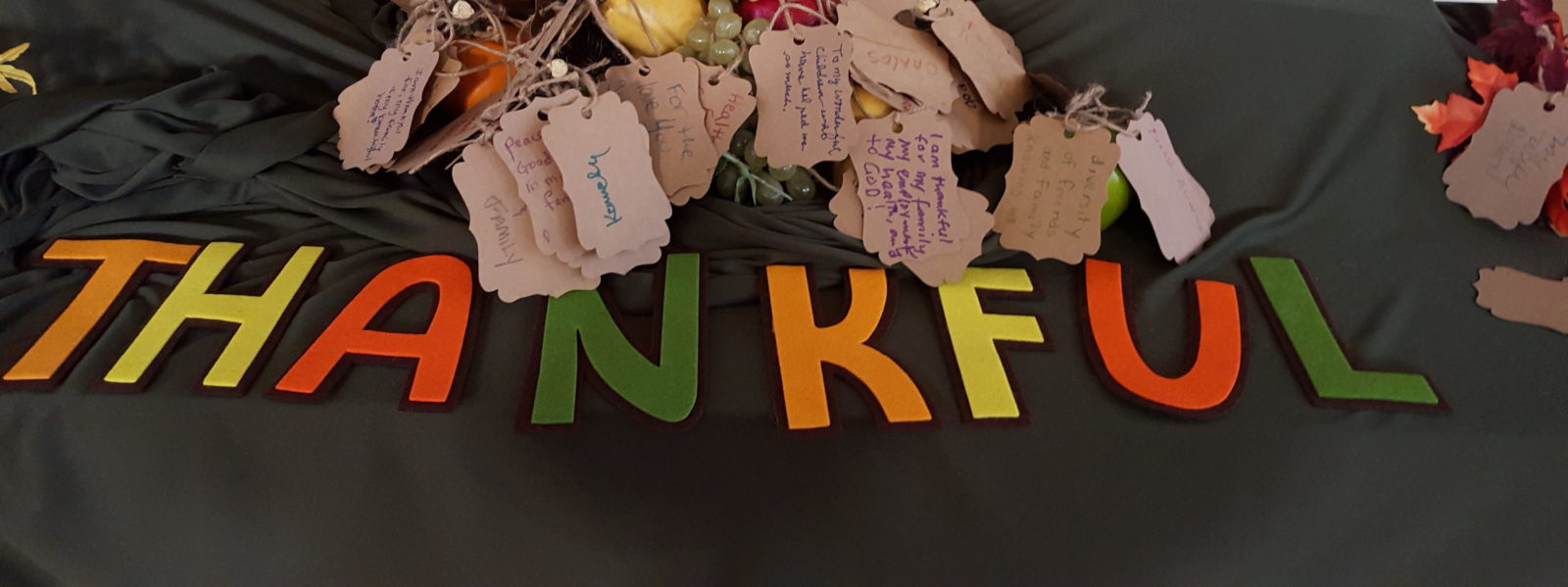First Presbyterian’s Detailed History
continuation of First Presbyterian’s history…
During the Revolutionary War, the weather vane was marred when a musket ball was shot through it. The interior floor was made of heavy-hewn planks that unfortunately were not closely joined. During the blistering winters, cold drafts came through the cracks in the uncarpeted floor, which forced the women to bring foot warmers to church in order to obtain a relative degree of comfort. Four rows of straight, high-backed pews and galleries on three sides were enough to seat most of the congregation. Taking their places in these pews and making up the church membership were New Englanders, Scottish Presbyterians, persons of Irish and Welsh extraction, Puritans, Covenanters and Quakers. For the first six years after the church was built, sermons were given by visiting preachers. The pastors preached from a barrel-shaped pulpit located on the west side of the building.
In 1748, Aaron Richards became the spiritual leader and remained in that position for the next 43 years. His length of service is still the longest in the church’s history. In the mid 1770’s the Revolutionary War began, bringing with it hardships and loss of life to the church. As a group the Presbyterians were hostile towards the British who considered a Presbyterian and a rebel to be one and the same. Reverend Richards, an ardent patriot, fled to South Hanover to escape capture and imprisonment. While there, he continued to speak out against English rule and returned to the Rahway area after he felt his safety was no longer jeopardized. Another famous Presbyterian patriot who was continually harassed by the British was Abraham Clark, signer of the Declaration of the Independence. The Clark family burial plot, located in the church’s cemetery, lends evidence to the belief that Clark was a member of the Rahway church. On August 16, 1795, the spiritual light of the congregation, a light that had become a weak glow following the War, was once again set ablaze. On that afternoon, at a meeting following the Lord’s Supper, the church renewed its covenant with God and with each other.
The church grew to the point that in May of 1831 ground was broken for a new and larger church. At first members wanted their new church built on the same spot as their original building. This idea, however, was soon rejected because of the availability of a larger lot. They were able to obtain a seventeen acre lot that encompassed the area from the corner of Grand Avenue and Church Street all the way back to the river. This large piece of property had belonged to Aaron Richards, the first pastor of the church. The new church, patterned after the Third Church in Newark, was built by Moses Dodd at a cost of $14,600. To help defray the cost of the building, Job Squier and Samuel Oliver each gave $5,000. The church and manse were dedicated on February 5, 1832. Reverend Dr. J.J. Janeway was the pastor at the time and was the first to move into the beautiful new manse which stood next to the church. Meanwhile, the old church was purchased by Job Squier who moved it to Union Street where it was used as a tenement until 1851. It was then removed in pieces to make room for the building of the old Franklin School. The history of the church after 1832 illustrates a congregation whose enthusiasm never waned and whose interest encouraged improvement and refinement.
In 1912, Mrs. William Squier donated a $6,000 organ to replace the old water-powered organ the church had been using since 1875. The congregation paid tribute to Mrs. Squier on December 6, 1926, when the new Community House, built in the rear of the church, was dedicated to her memory. A new manse facing Union Street was dedicated on January 1, 1938. In 1967, many changes were completed in the Community House, extensive renovations made in the church sanctuary, and a new building was added to the right of the church. This large addition was named in honor of the Reverend Chester M. Davis, D.D., who served faithfully for 36 years and is now pastor emeritus. The church was recognized as a historical site in 1974 by the Historical Sites Commission of the Presbyterian Historical Society. In 1976, the year of its 235th anniversary, as in the past, the voice of historic “Old First Church” continues to be heard from pulpit and pew with the words of Christian courage and inspiration for all.

